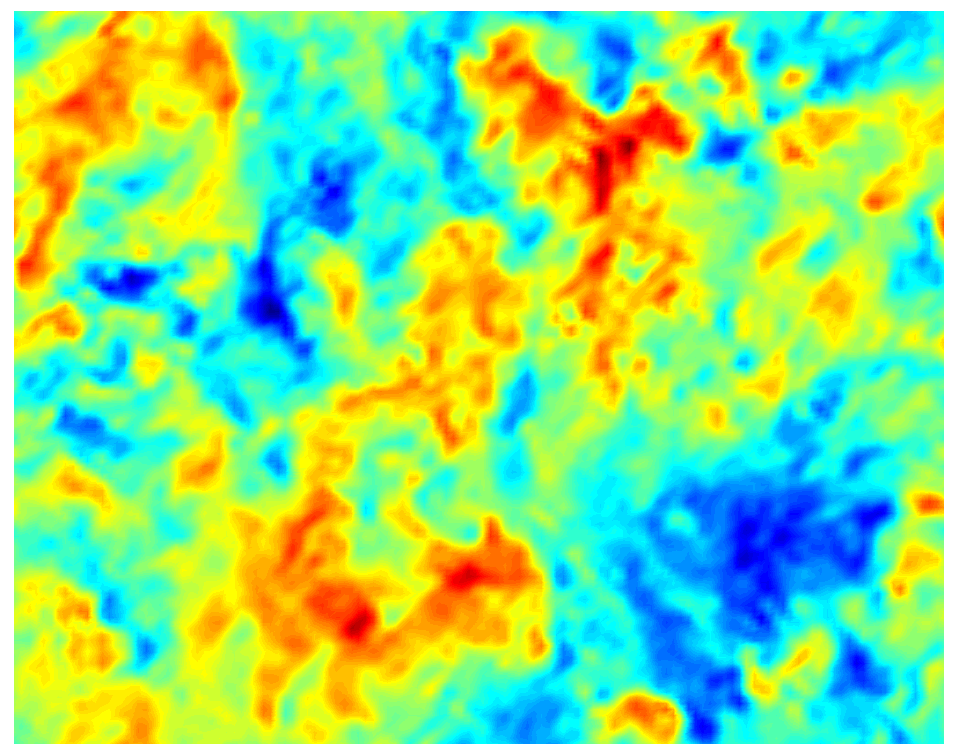Filtering in the context of
large eddy simulation
Large eddy simulation (LES) is a mathematical model for turbulence used in computational fluid dynamics. It was initially proposed in 1963 by Joseph Smagorinsky to simulate atmospheric air currents, and first explored by Deardorff (1970). LES is ...
(LES) is a mathematical operation intended to remove a range of small scales from the solution to the
Navier-Stokes equations. Because the principal difficulty in simulating turbulent flows comes from the wide range of length and time scales, this operation makes turbulent flow simulation cheaper by reducing the range of scales that must be resolved. The LES filter operation is low-pass, meaning it filters out the scales associated with high frequencies.
Homogeneous filters


Definition in physical space
The low-pass filtering operation used in LES can be applied to a spatial and temporal field, for example
. The LES filter operation may be spatial, temporal, or both. The filtered field, denoted with a bar, is defined as:
[
]
:
where
is a convolution kernel unique to the filter type used. This can be written as a convolution operation:
:
The filter kernel
uses cutoff length and time scales, denoted
and
respectively. Scales smaller than these are eliminated from
Using this definition, any field
may be split up into a filtered and sub-filtered (denoted with a prime) portion, as
:
This can also be written as a convolution operation,
:
Definition in spectral space
The filtering operation removes scales associated with high frequencies, and the operation can accordingly be interpreted in
Fourier space
In mathematics, physics, electronics, control systems engineering, and statistics, the frequency domain refers to the analysis of mathematical functions or signals with respect to frequency (and possibly phase), rather than time, as in time serie ...
. For a scalar field
the
Fourier transform
In mathematics, the Fourier transform (FT) is an integral transform that takes a function as input then outputs another function that describes the extent to which various frequencies are present in the original function. The output of the tr ...
of
is
a function of
the spatial wave number, and
the temporal frequency.
can be filtered by the corresponding
Fourier transform
In mathematics, the Fourier transform (FT) is an integral transform that takes a function as input then outputs another function that describes the extent to which various frequencies are present in the original function. The output of the tr ...
of the filter kernel, denoted
:
or,
:
The filter width
has an associated cutoff wave number
and the temporal filter width
also has an associated cutoff frequency
The unfiltered portion of
is:
:
The spectral interpretation of the filtering operation is essential to the filtering operation in large eddy simulation, as the
spectra of turbulent flows is central to LES subgrid-scale models, which reconstruct the effect of the sub-filter scales (the highest frequencies). One of the challenges in subgrid modeling is to effectively mimic the cascade of kinetic energy from low to high frequencies. This makes the spectral properties of the implemented LES filter very important to subgrid modeling efforts.
Homogeneous filter properties
Homogeneous LES filters must satisfy the following set of properties when applied to the Navier-Stokes equations.
;1. Conservation of constants
:The value of a filtered constant must be equal to the constant,
::
:which implies,
::
;2. Linearity
::
;3. Commutation with derivatives
::
:If notation is introduced for operator commutation



